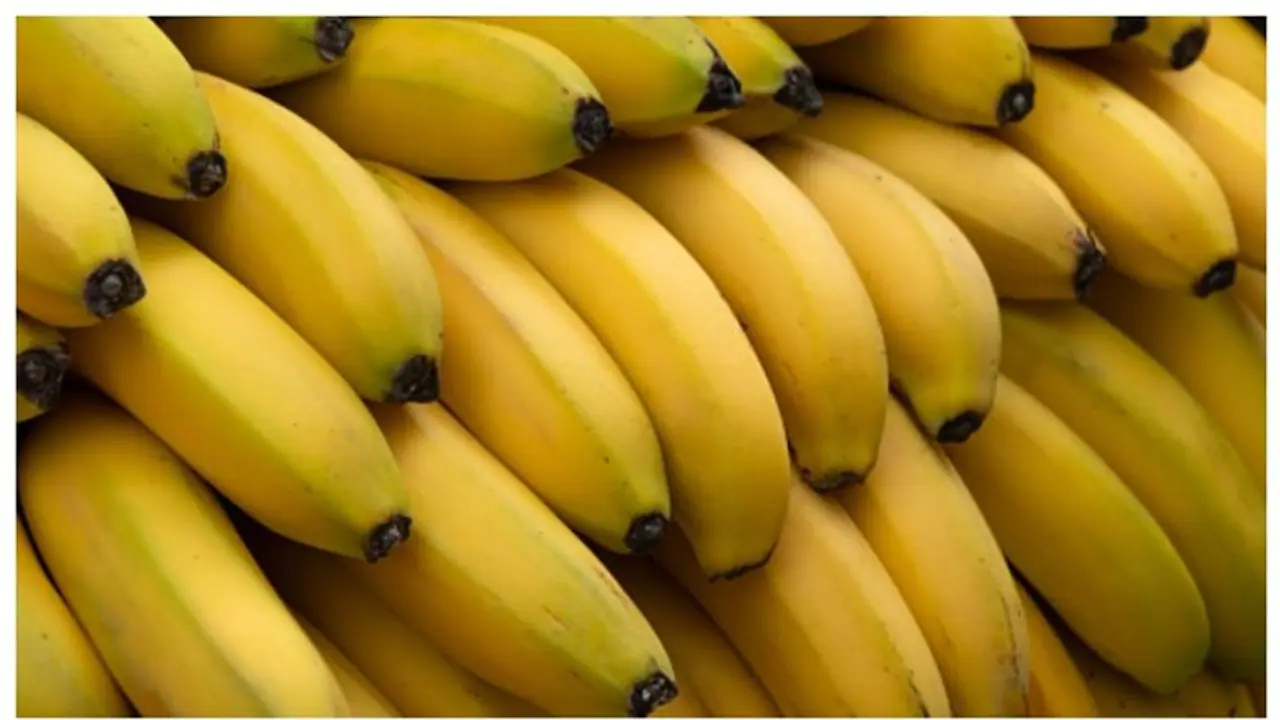Using banana fibers, Indian scientists have created an environmentally friendly wound dressing material that provides a long-term approach to wound care.
An environmentally friendly wound dressing material produced from banana fibers has been developed by researchers at the Institute for Advanced Study in Science and Technology. This material offers a long-term solution for wound care.
The research team, led by Professors Devasish Chowdhury and (Retd) Rajlakshmi Devi, has wisely combined banana fibres with biopolymers like guar gum and chitosan to create a multifunctional patch with exceptional mechanical strength and antioxidant properties. Mridusmita Barman is a research scholar in the IASST-Deakin University Joint PhD program also joined them. Banana pseudo stems are plentiful in India, the nation that grows the most bananas worldwide and are thrown away after harvest, so this is their best reuse
Banana pseudo stems, which are typically regarded as agricultural trash, have been innovatively converted by scientists at the Institute of Advanced Study in Science and Technology (IASST), an independent institute under the Department of Science and Technology, into an ecologically friendly substance for wound dressing.
To demonstrate the plant extract-laden banana fibre-biopolymer composite patch's potential for in vitro drug release and antibacterial activity, the researchers went a step further and loaded it with an extract from the Vitex negundo L. plant. This novel dressing material's production procedure is straightforward, affordable, and non-toxic because all of the ingredients are natural and readily available in the area.
Prof. Chowdhury stated that this study brings a new era in wound healing by providing an economical, reliable and eco-friendly substitute with immense potential for use in medical research. The composite dressing made of banana fibre and biopolymer has a wide range of uses and presents a promising solution for wound care, both environmentally friendly and health-wise.
This innovative study's importance in the scientific world was further highlighted by its recent publication in Elsevier's International Journal of Biological Macromolecules.
In addition to offering a sustainable method of wound care, the material for wound dressings points to other applications for the widely available banana plant that could help farmers and reduce their negative impacts on the environment.
